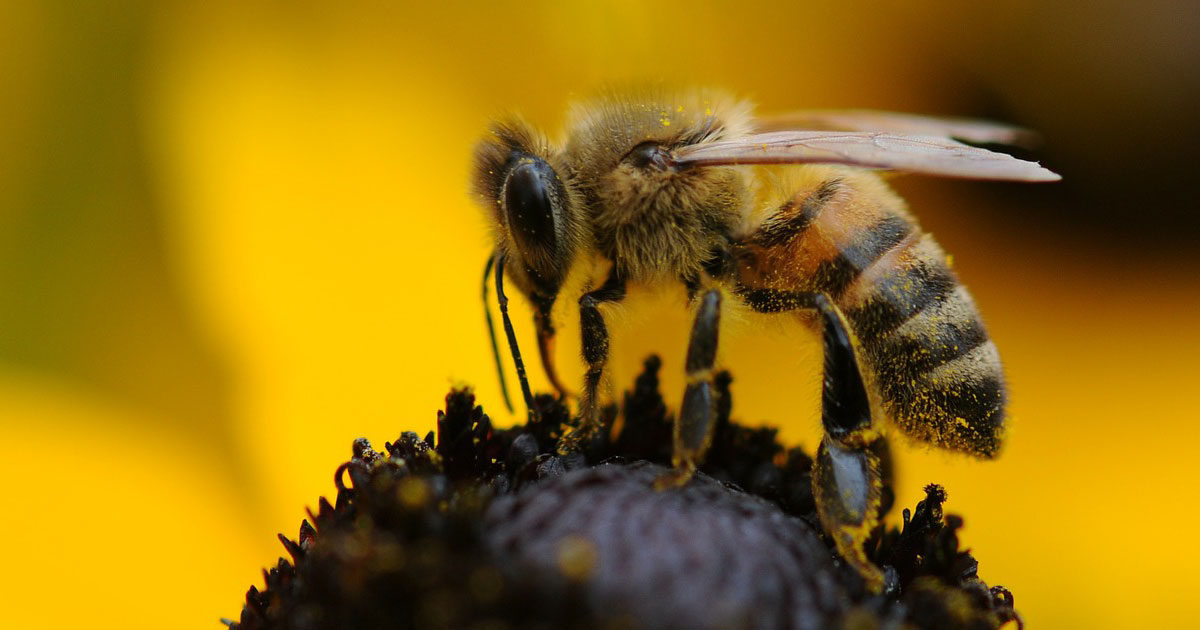
Food, Soil, Water: How the Extinction of Insects Would Transform Our Planet
A new study doubles the number of species at risk of extinction to 2m, driven by the latest data on insects. Losing these tiny creatures would have huge implications for life on Earth
November 10, 2023 | Source: The Guardian | by Phoebe Weston
Cut an apple in half, and the white flesh reveals a cluster of black pips arranged in the shape of a star. It is a tiny constellation of seeds hidden in the fruit bowl. But it reveals an interlinked universe of pollination and nature’s abundance – a delicate system, and one that can easily be thrown off course.
When the apple blossoms are pollinated, seeds pump out hormones telling the plant to produce the right vitamins, minerals and rate of growth. They help formulate crunchiness, size and shape. Lose those pollinators, however, and this fragile system becomes unbalanced. If only three or four of the seeds get pollinated, our apple may grow lopsided. The nutritional value might decrease, as could the shelf-life of the fruit, turning it brown and wrinkled before its time.
The story of the apple is one being retold over and over across the world. A new report warns that two million species are at risk of extinction, twice as many as in previous estimates by the UN. This increase is down to better data on insect populations, which have been less understood than other groups.
Often, it is animals such as insects – the species we tend to care the least about – which provide the greatest services to human populations: pollinating crops, helping provide healthy soils and controlling pests.
Despite ongoing uncertainties about invertebrates, the alarming loss of wildlife globally is well documented. In the past 50 years, wildlife populations have decreased by 70% on average – and their loss is already affecting how human societies operate and sustain themselves.
